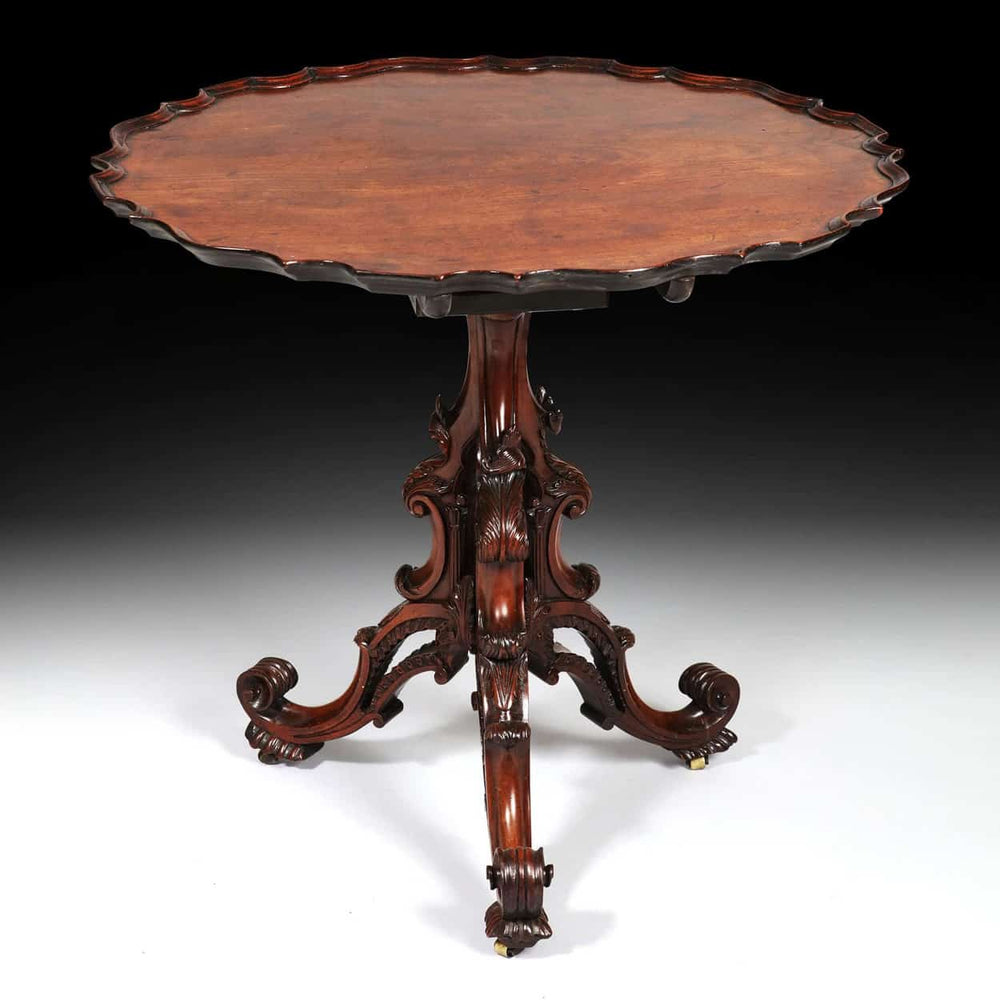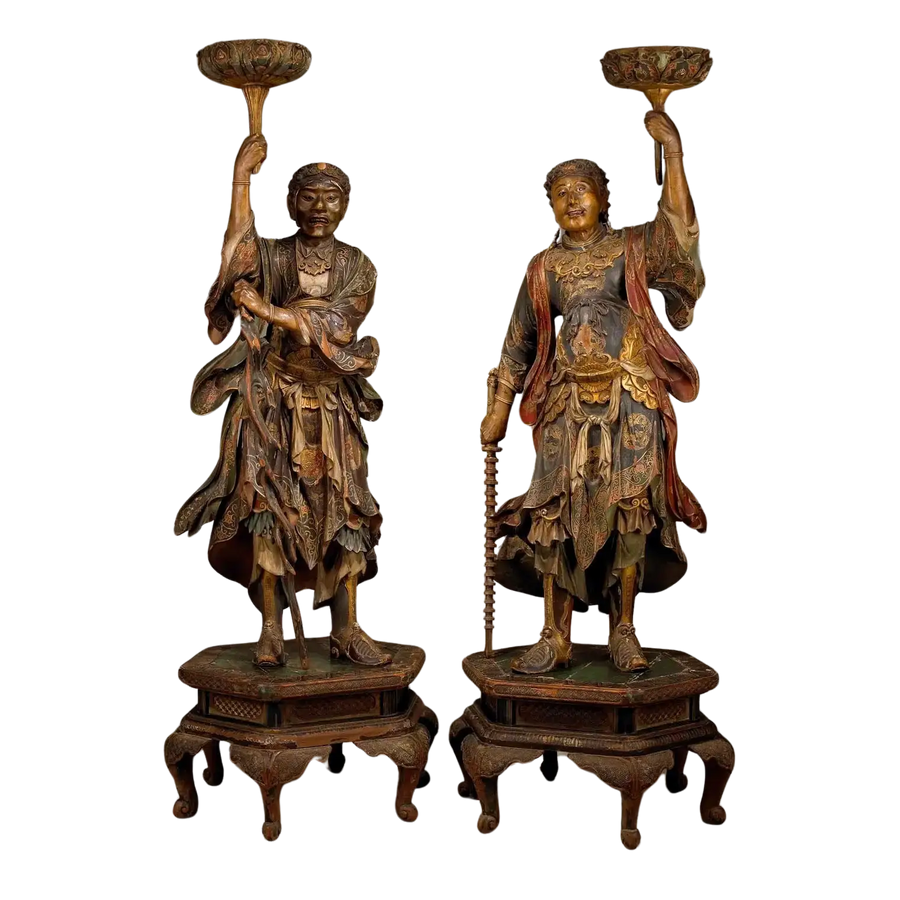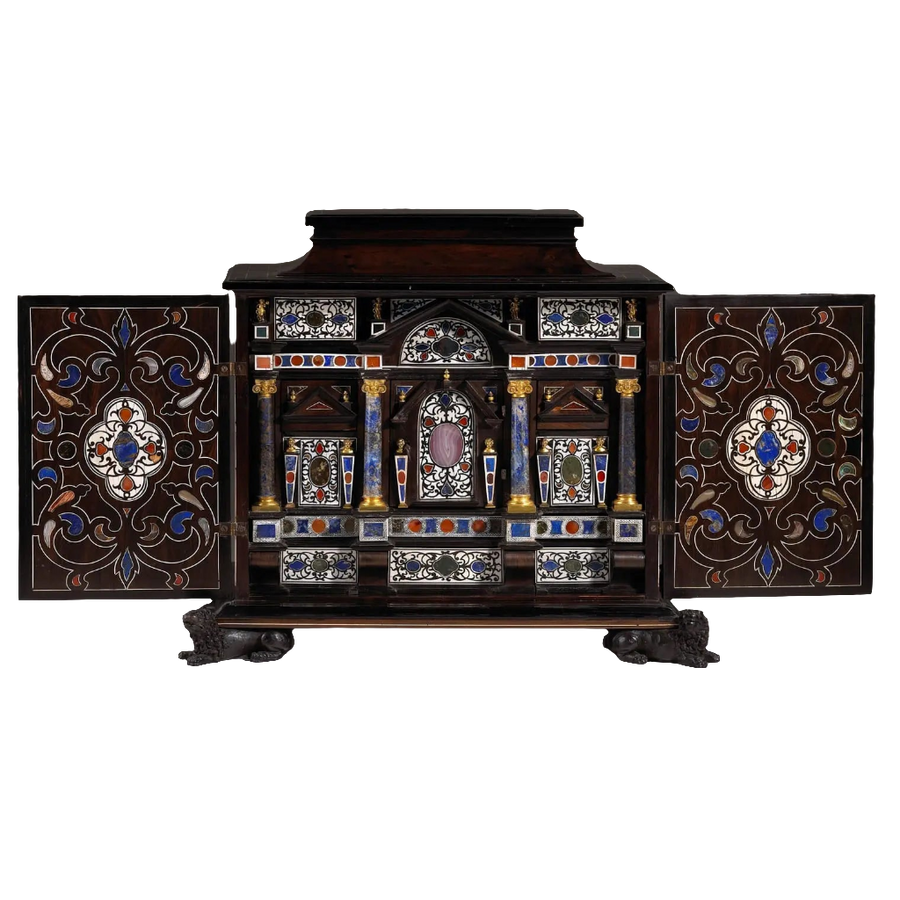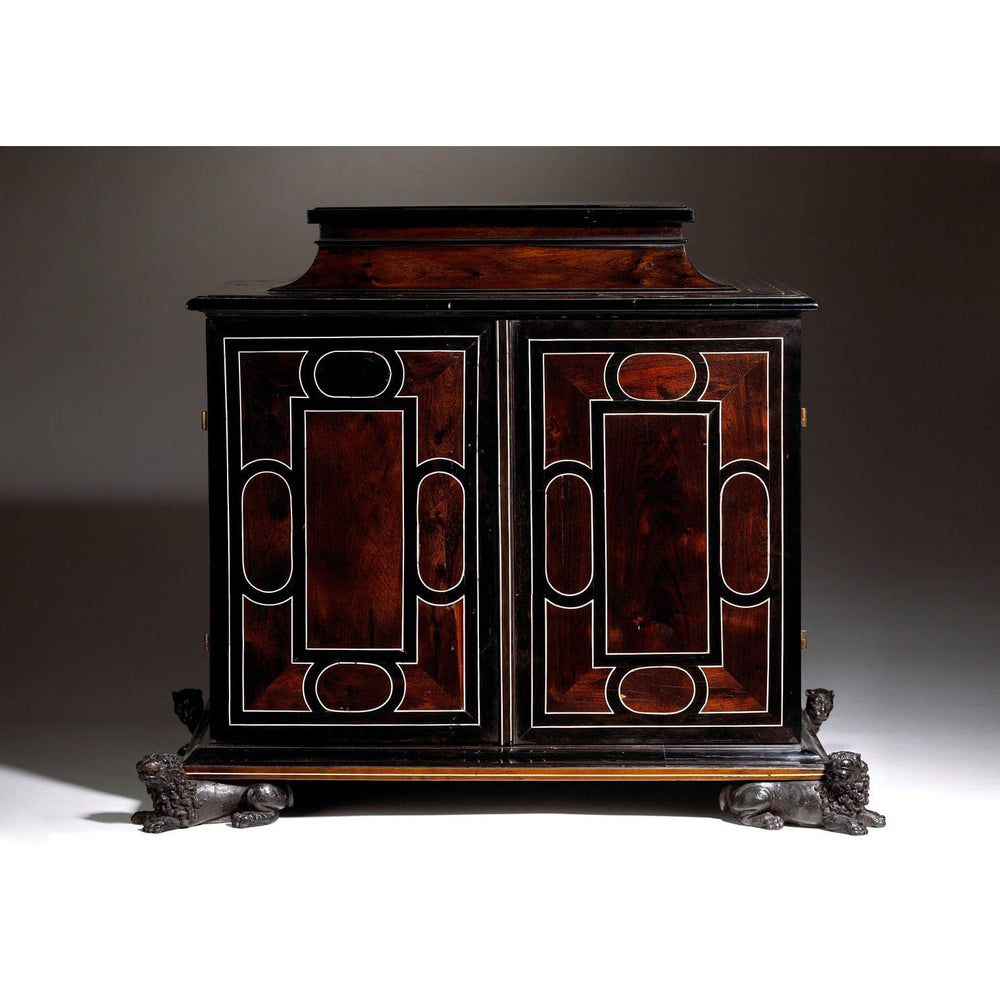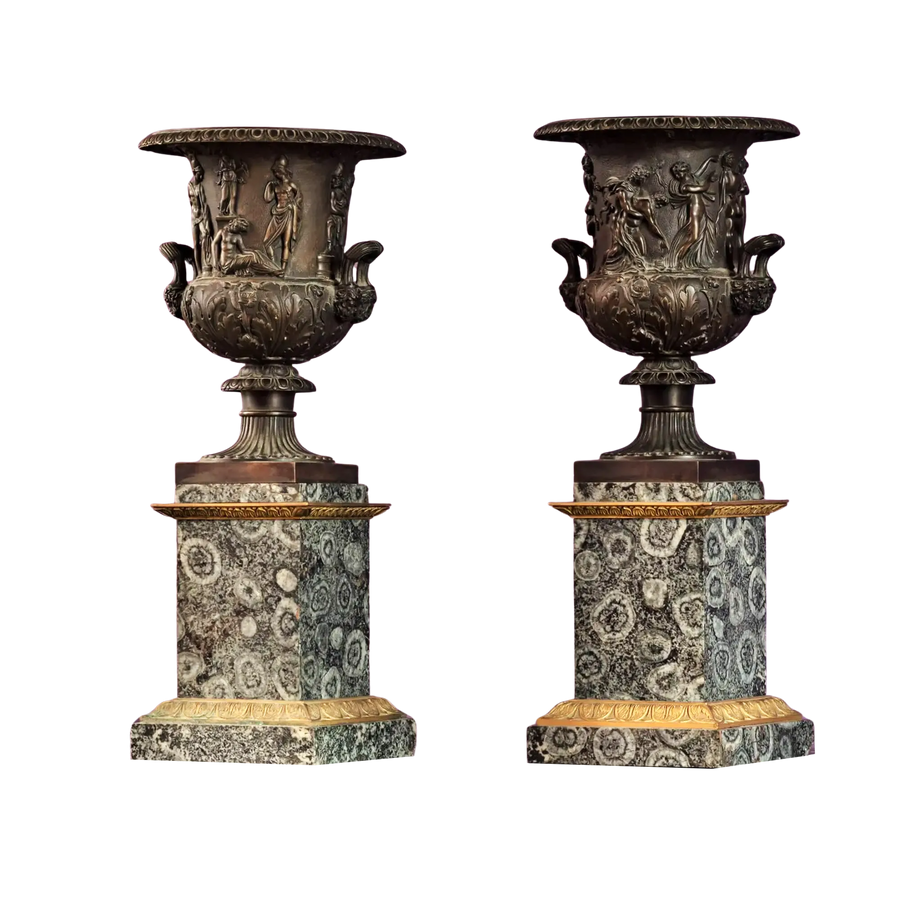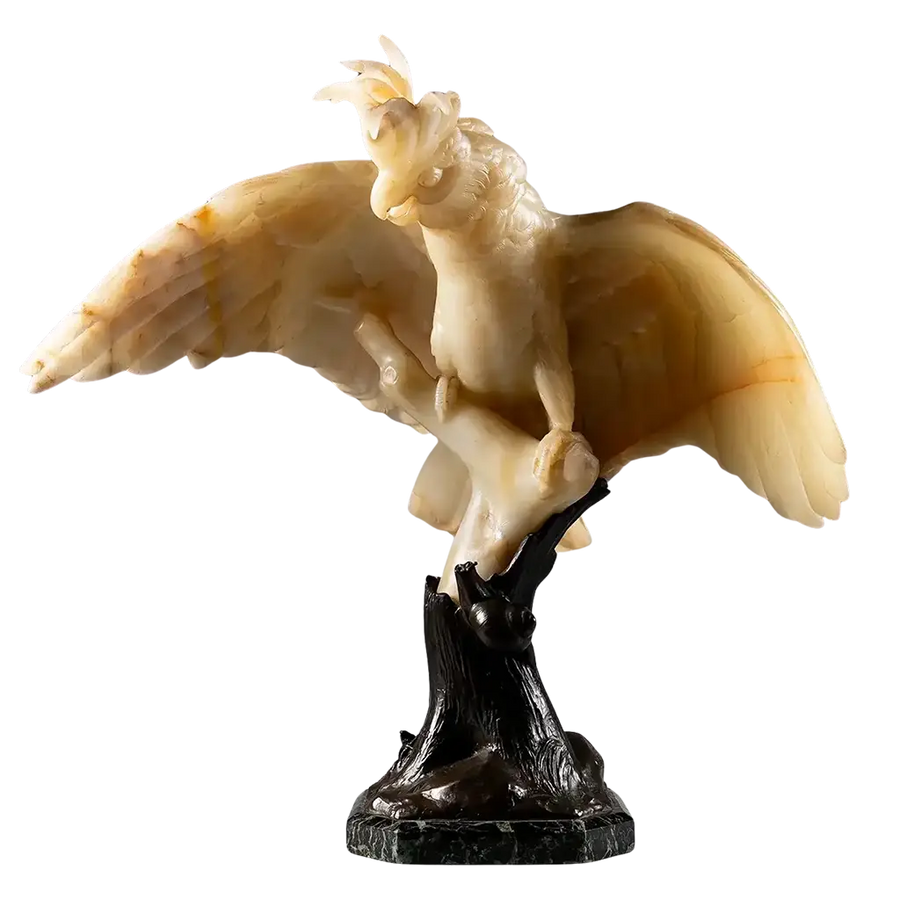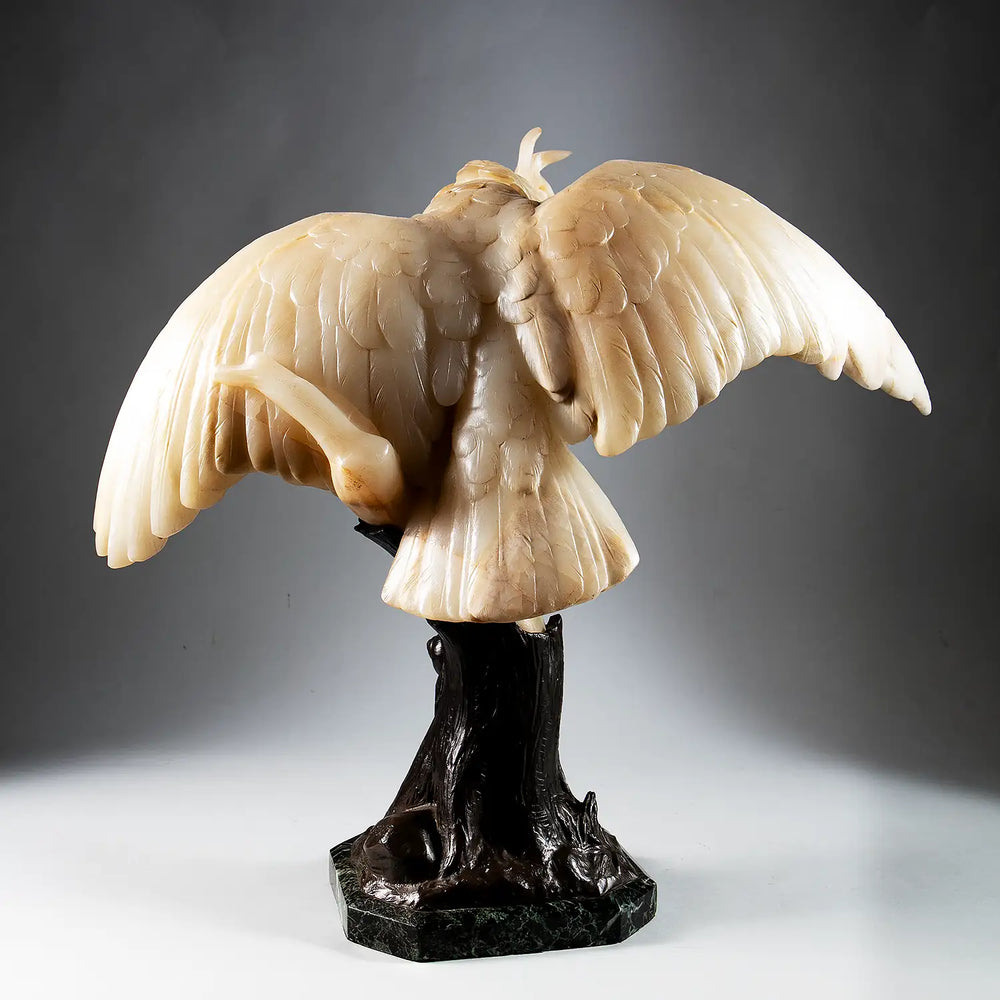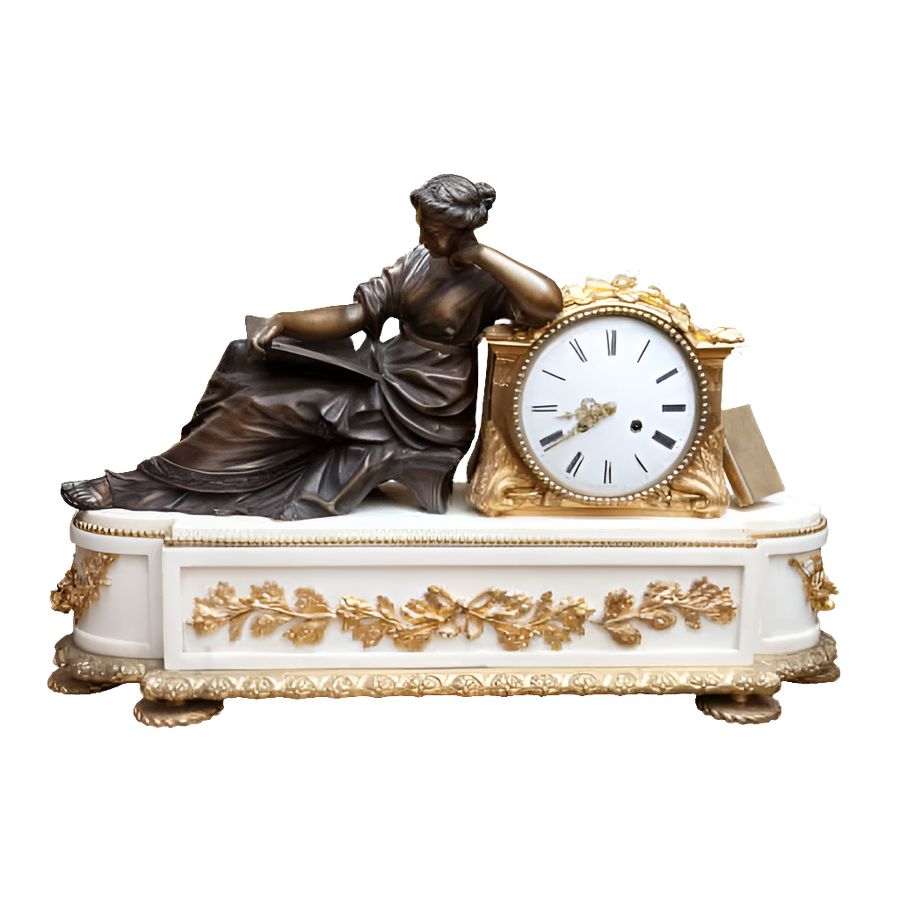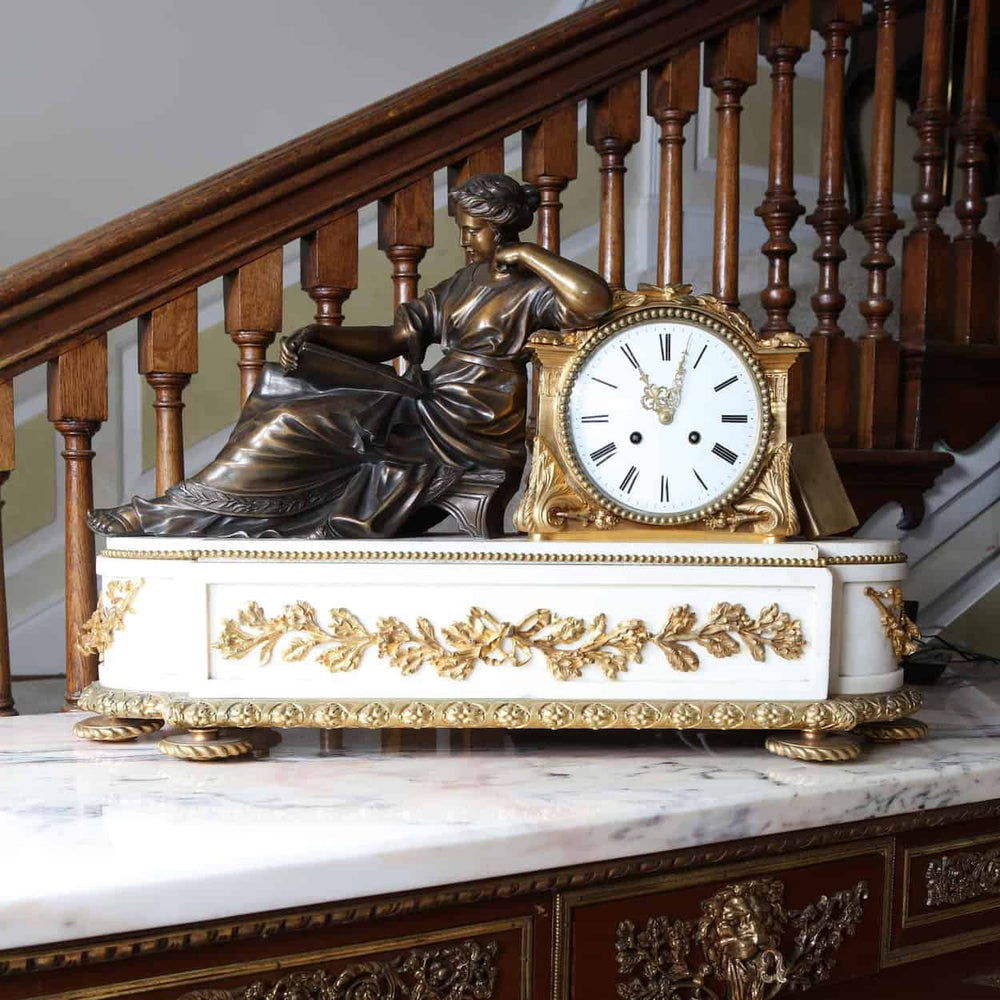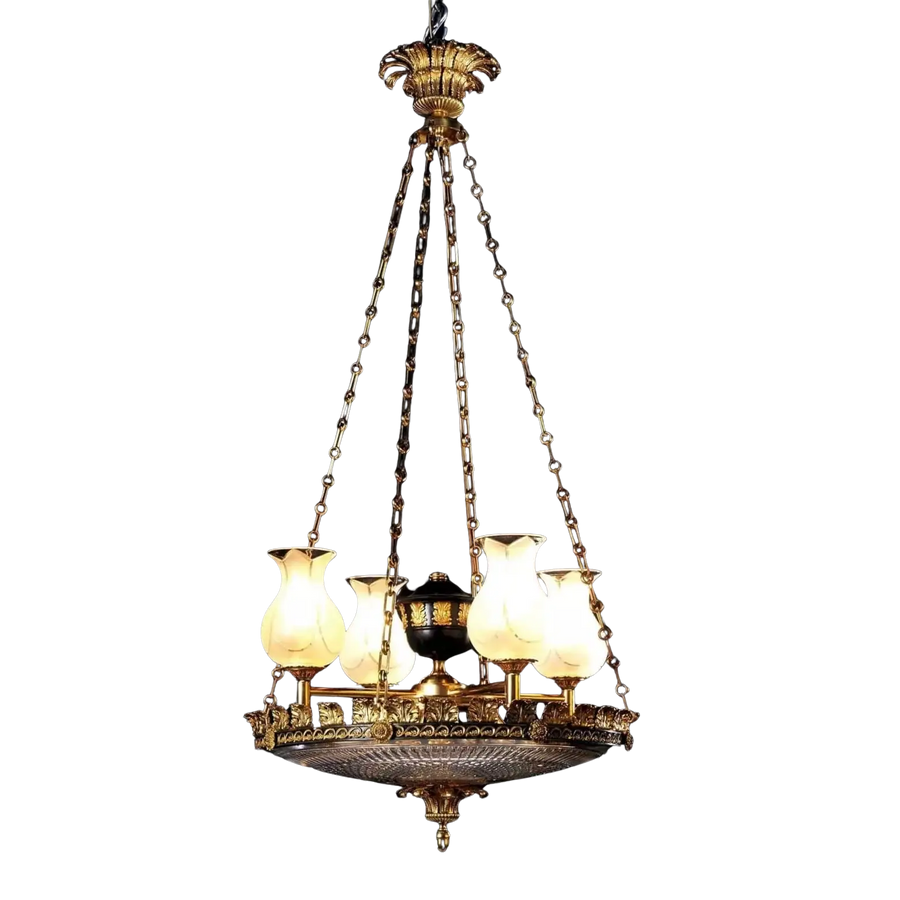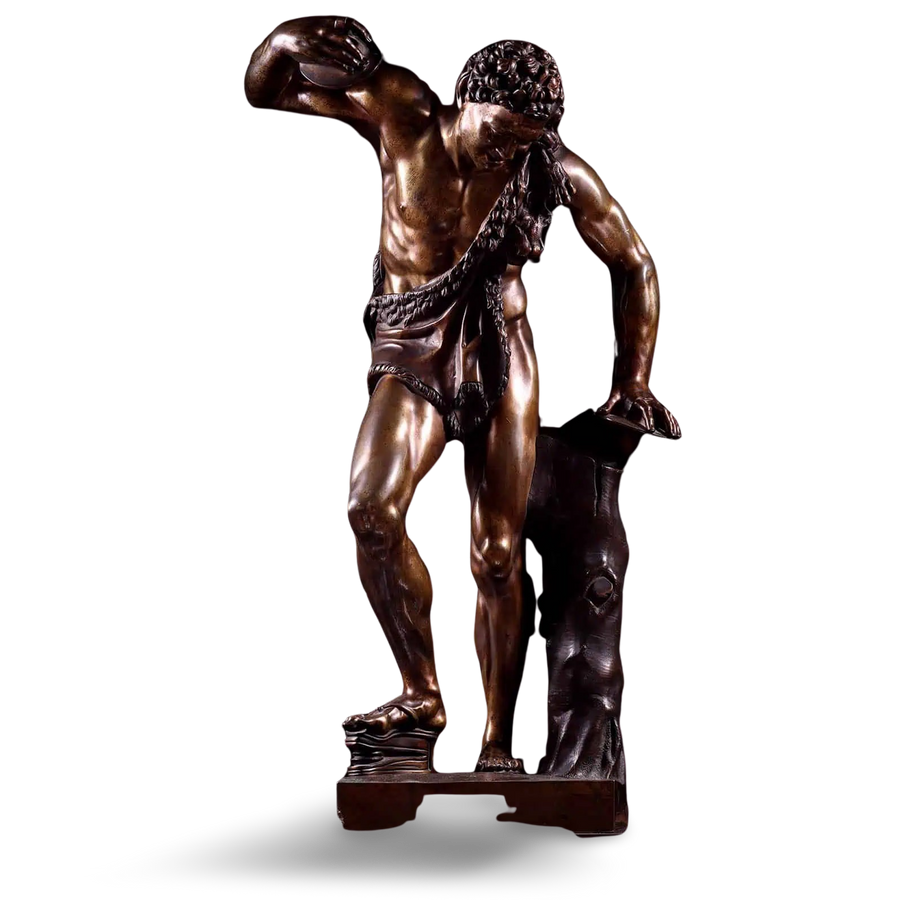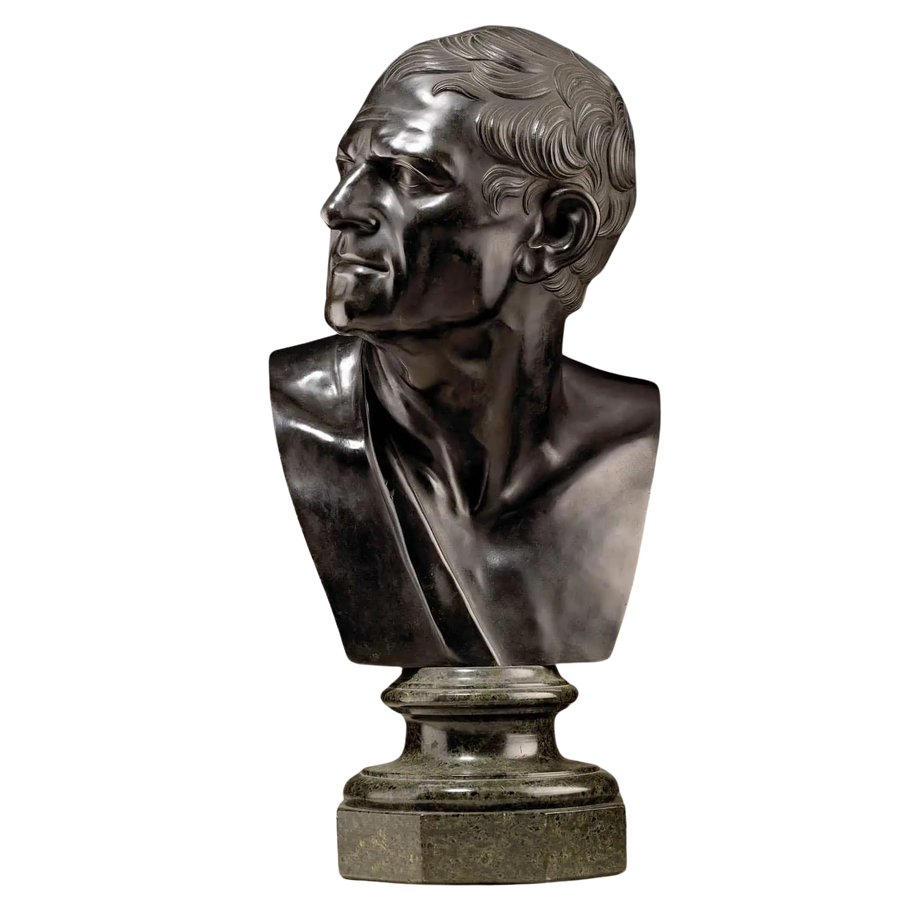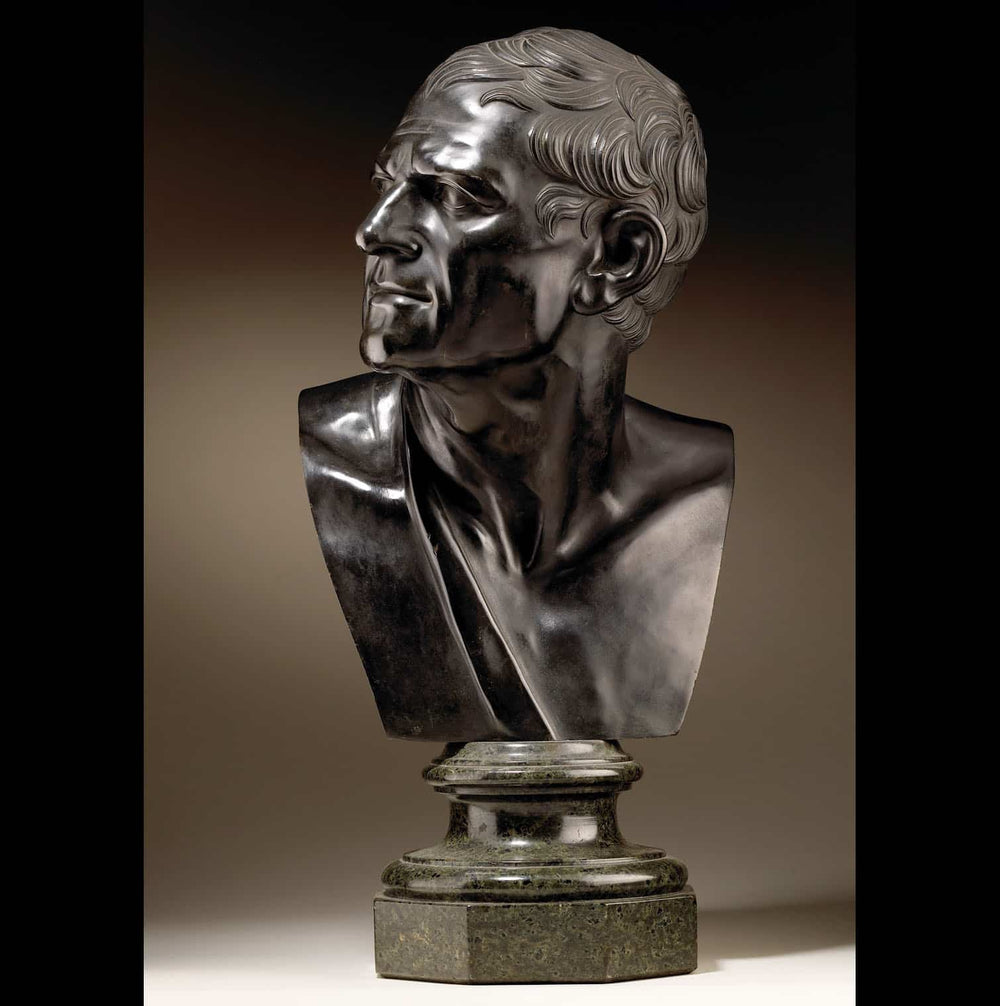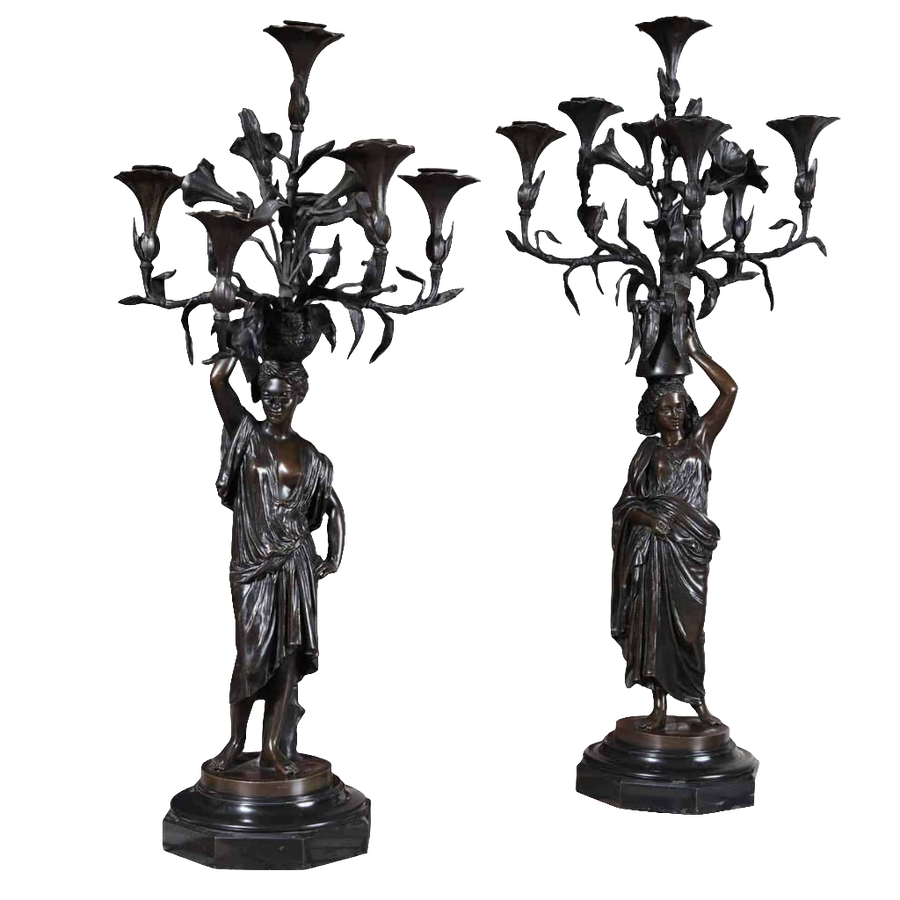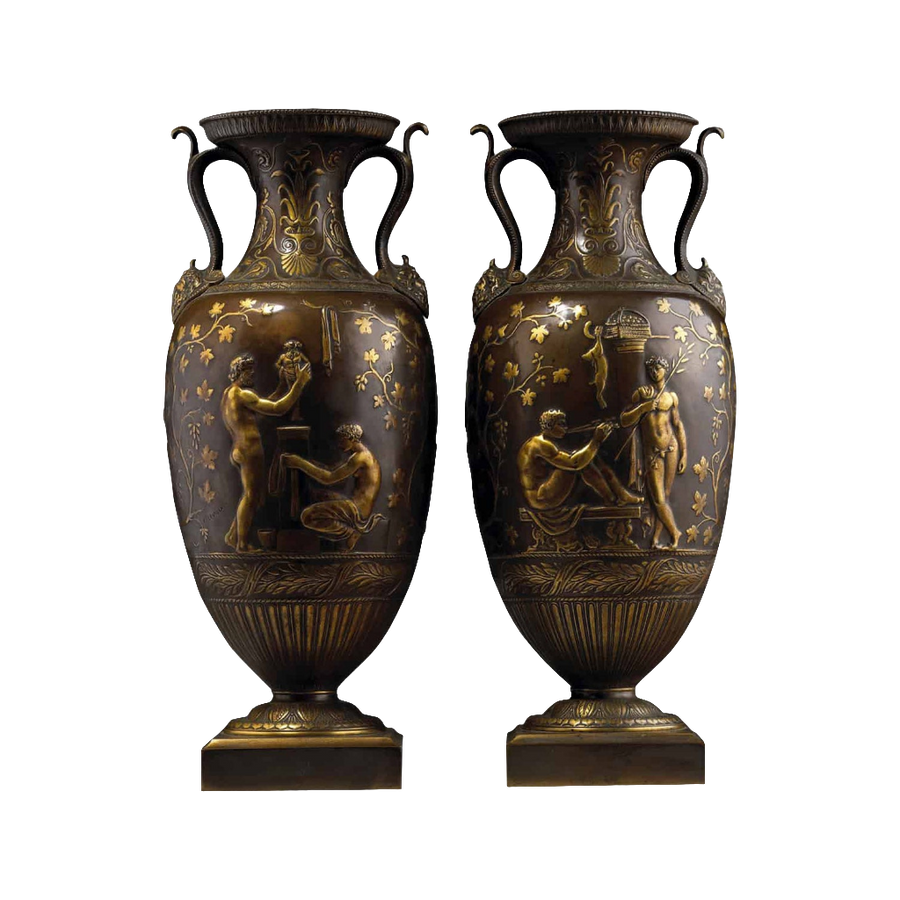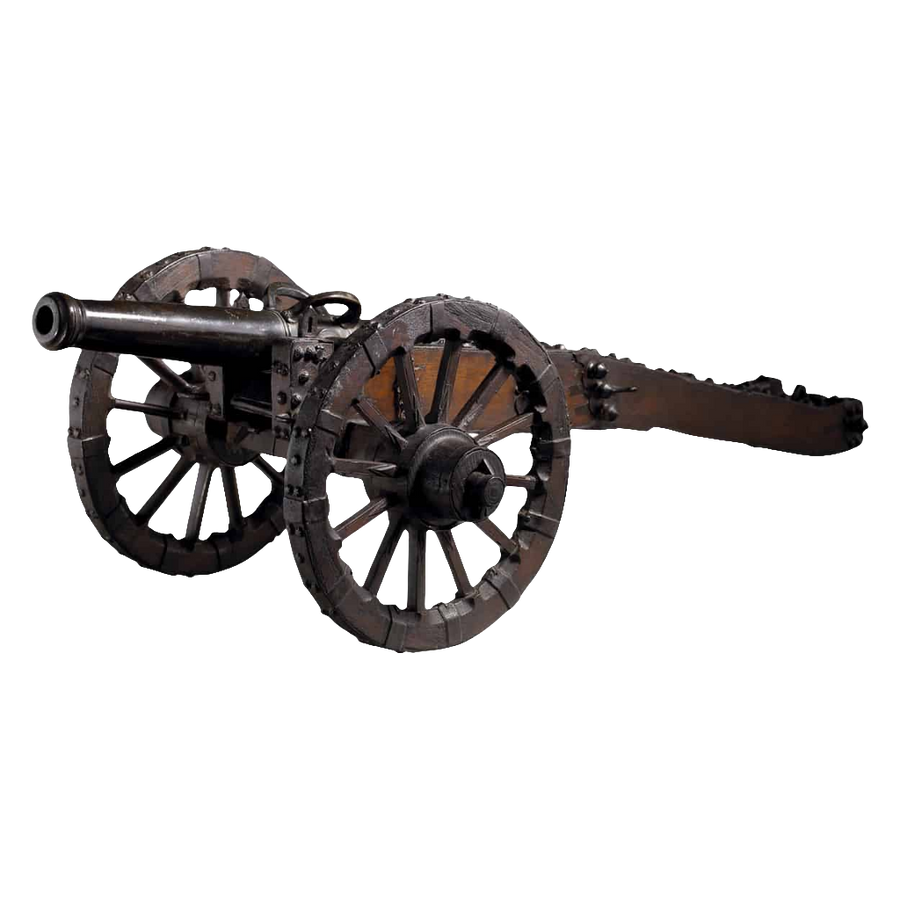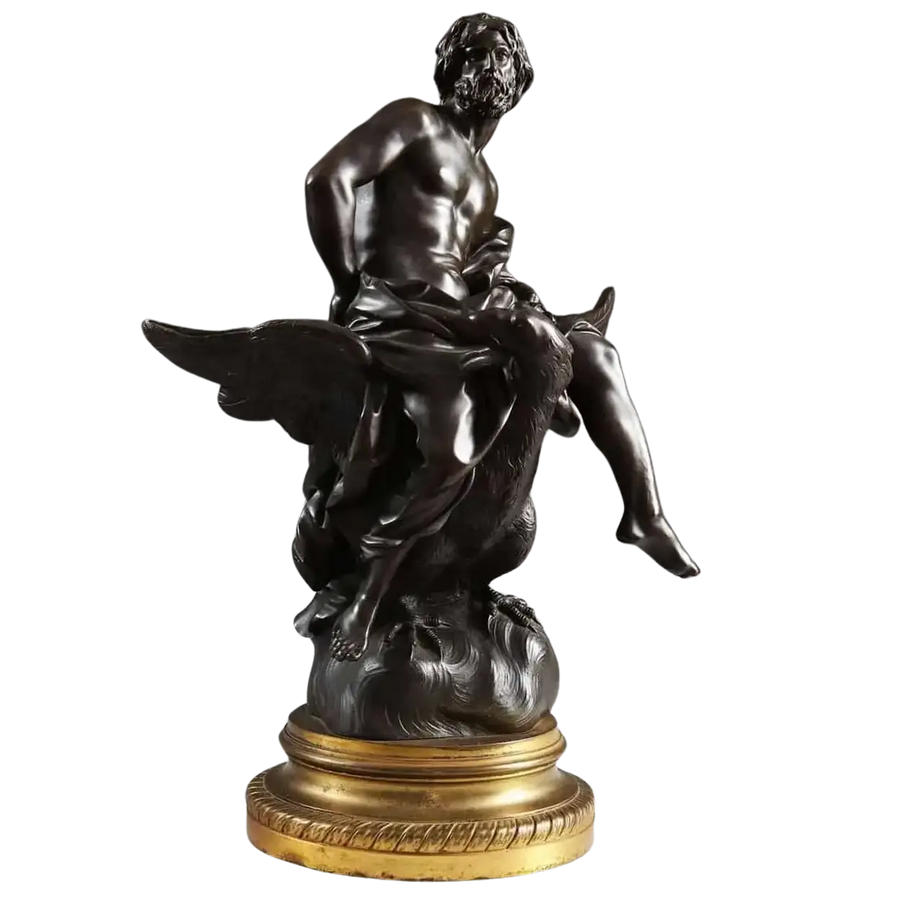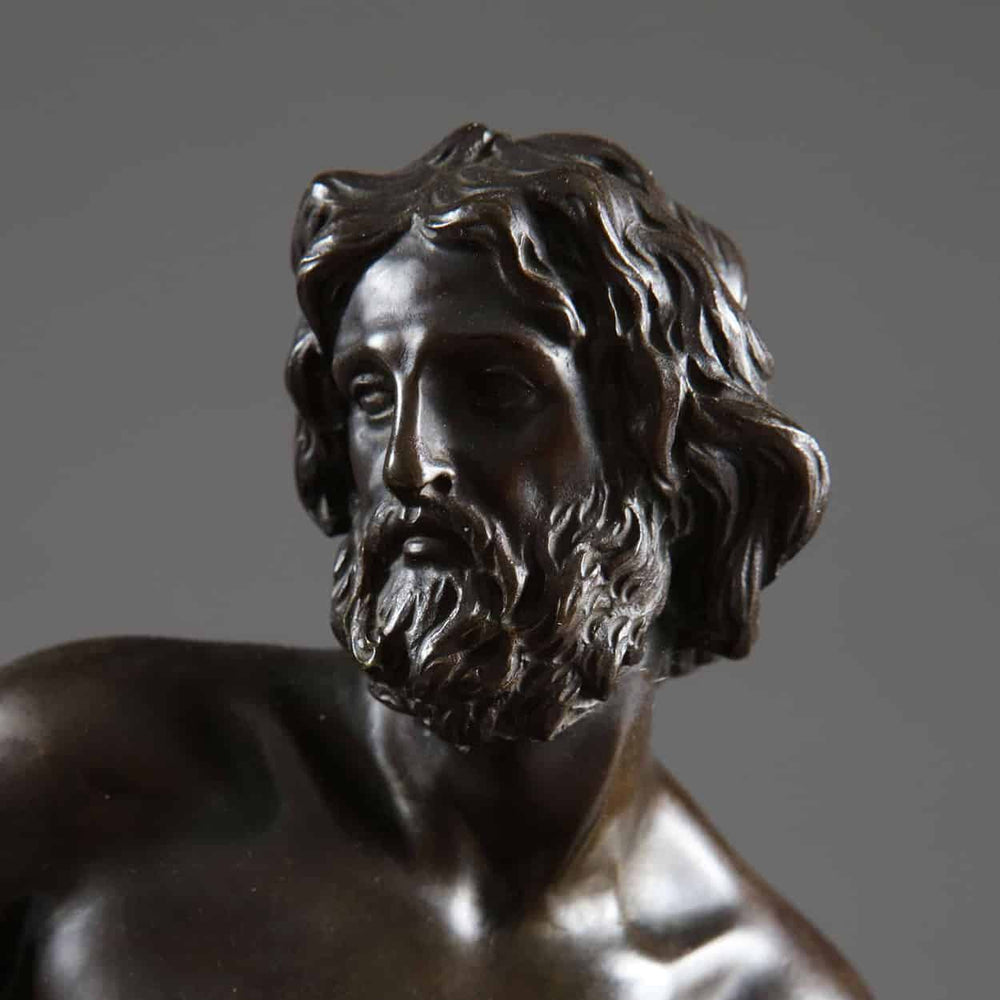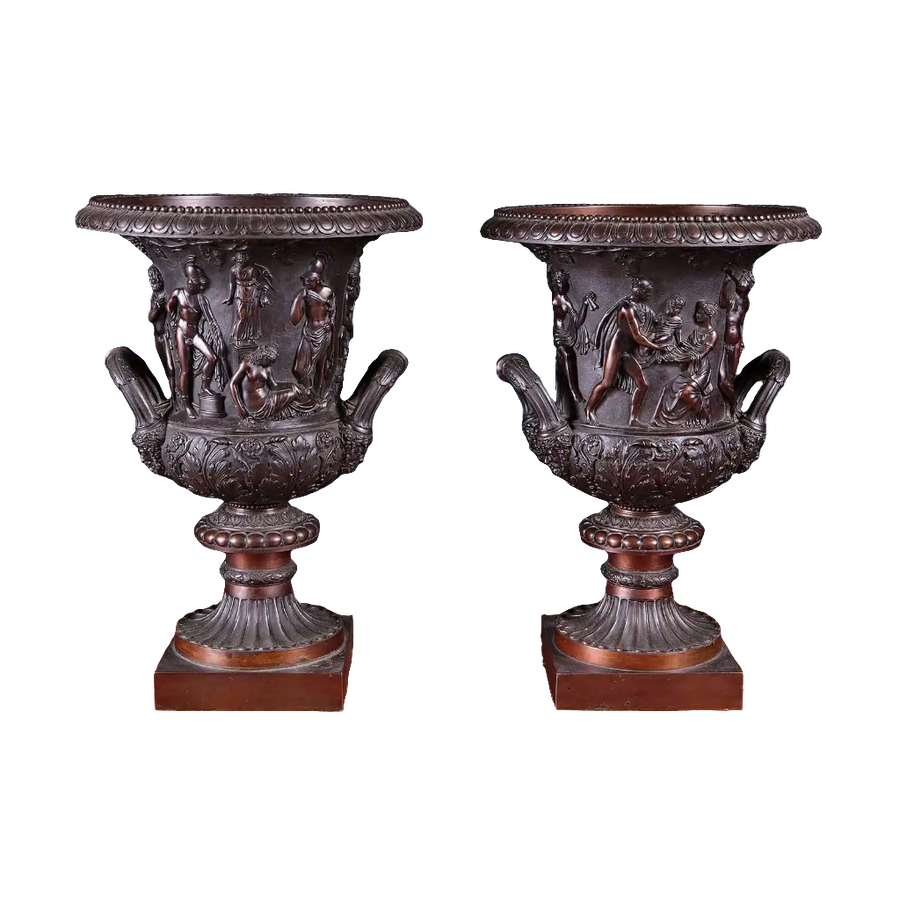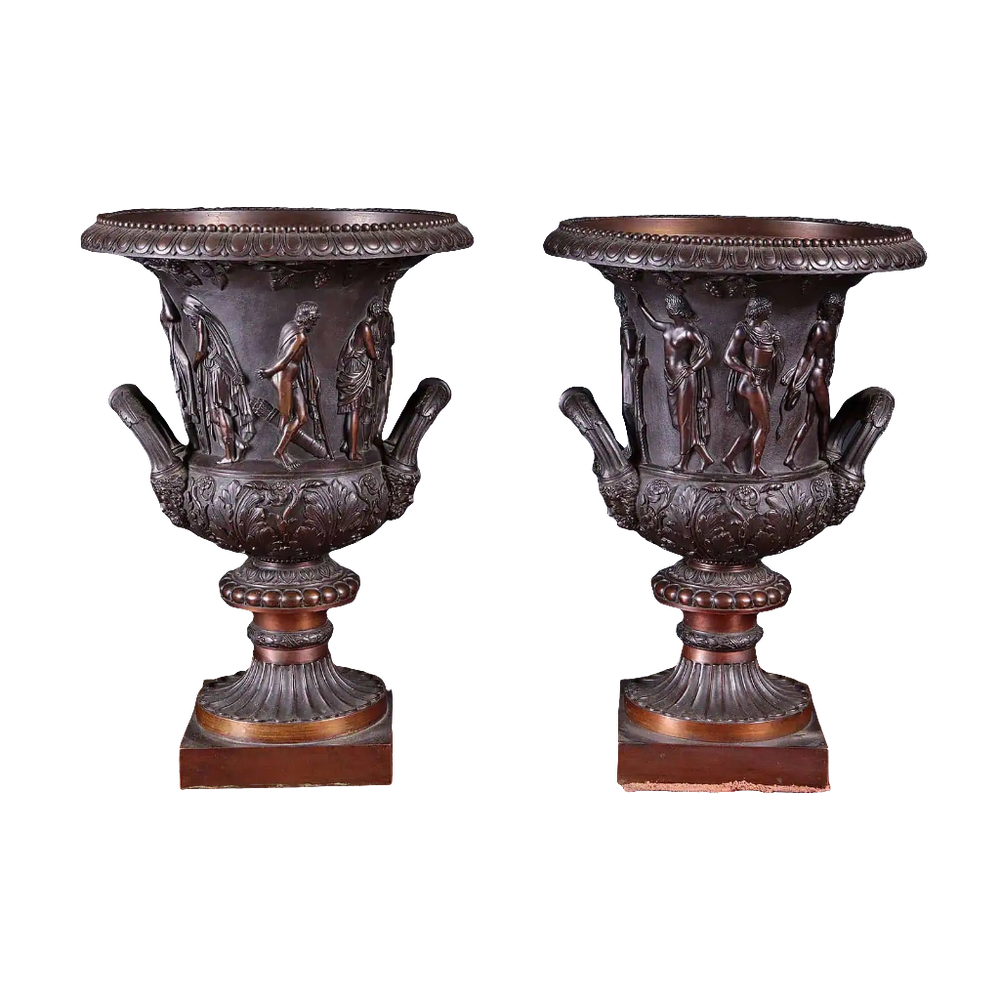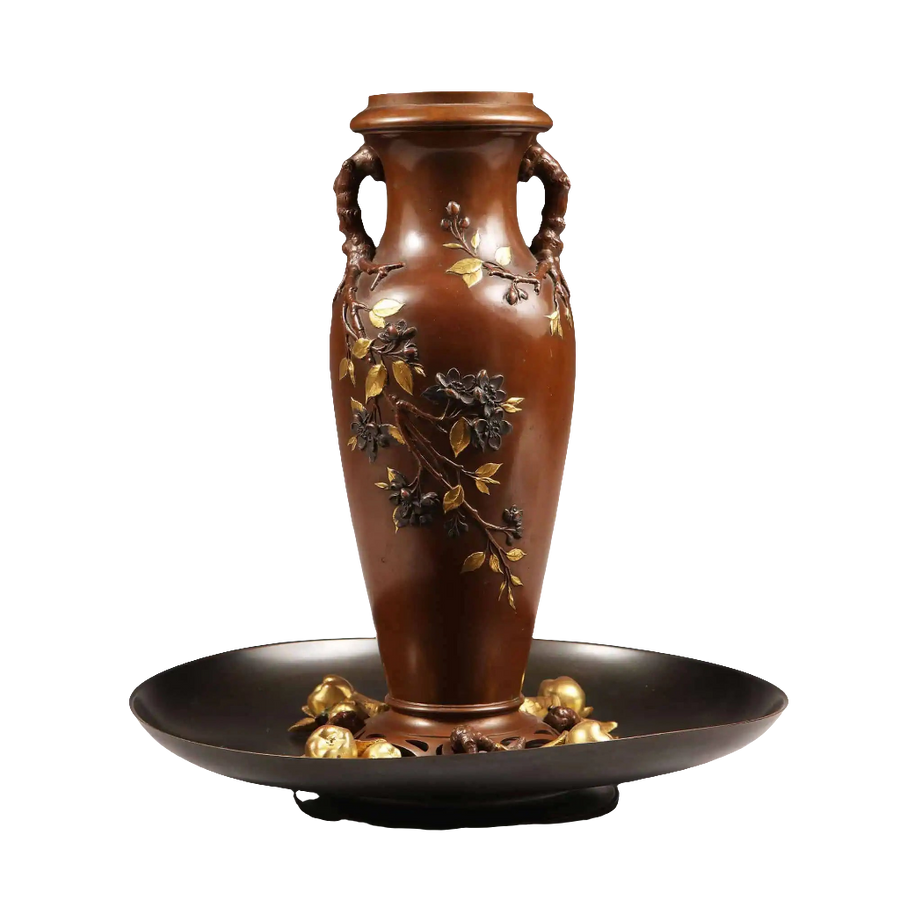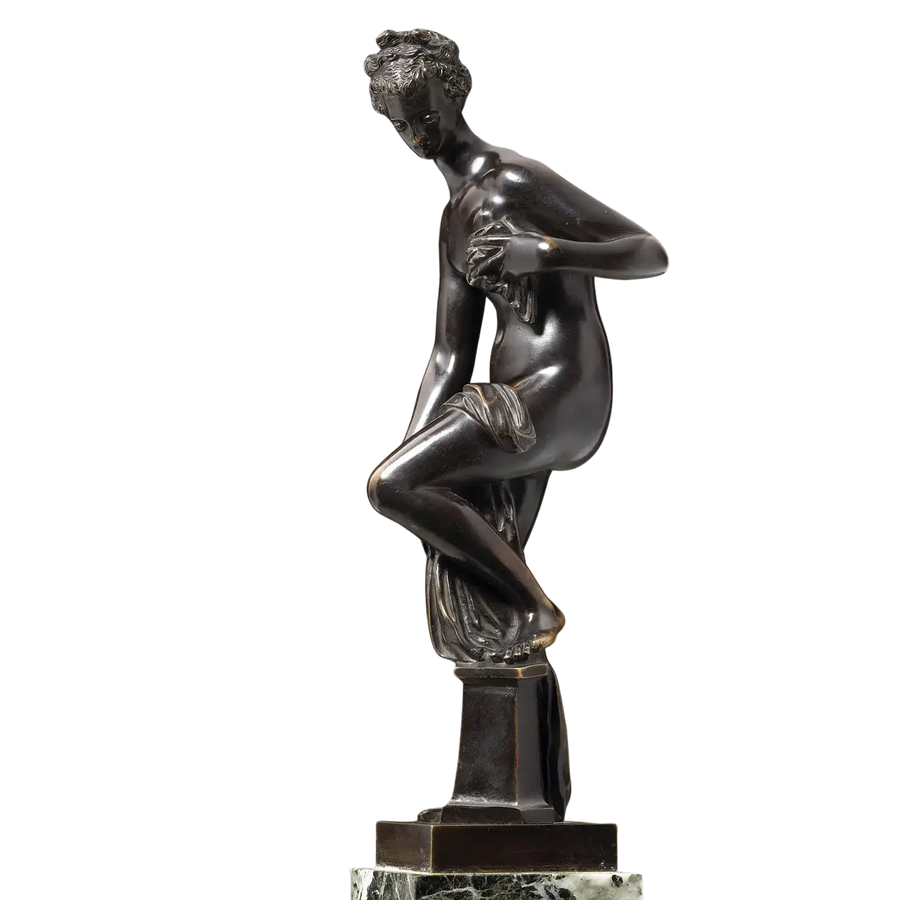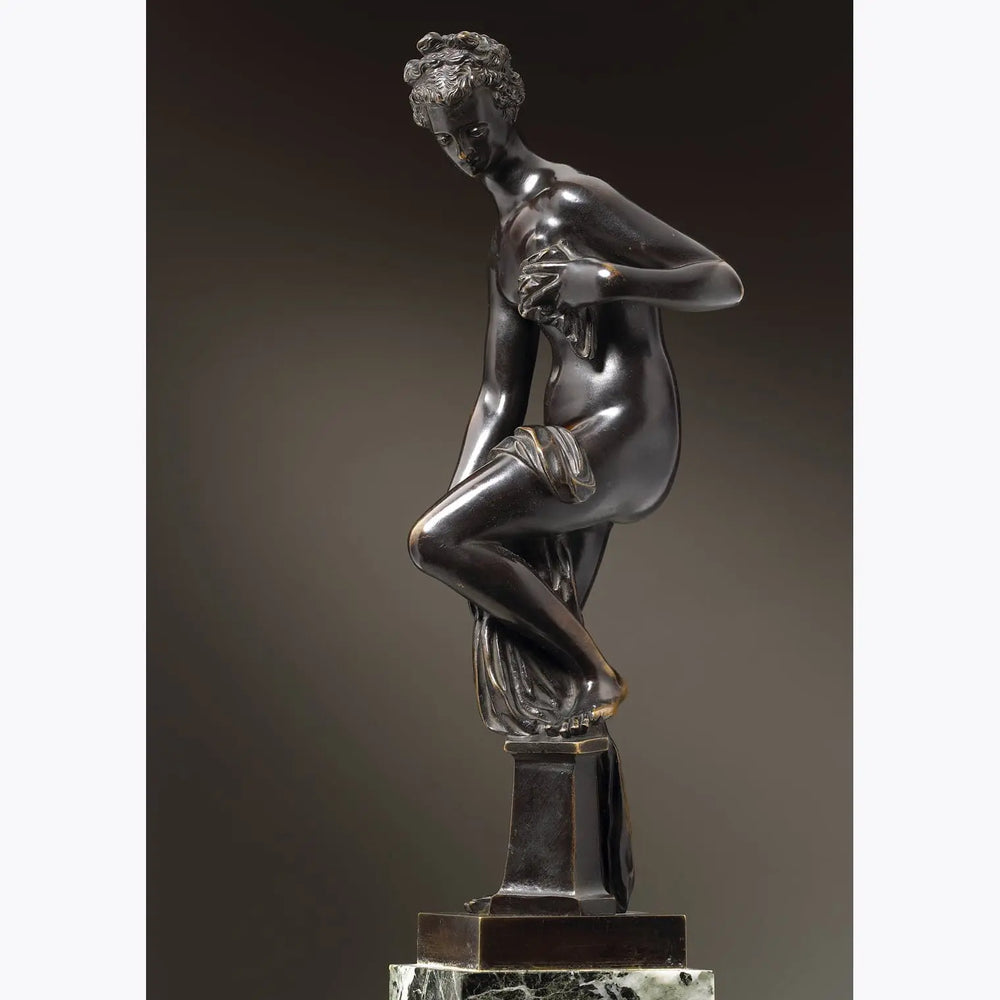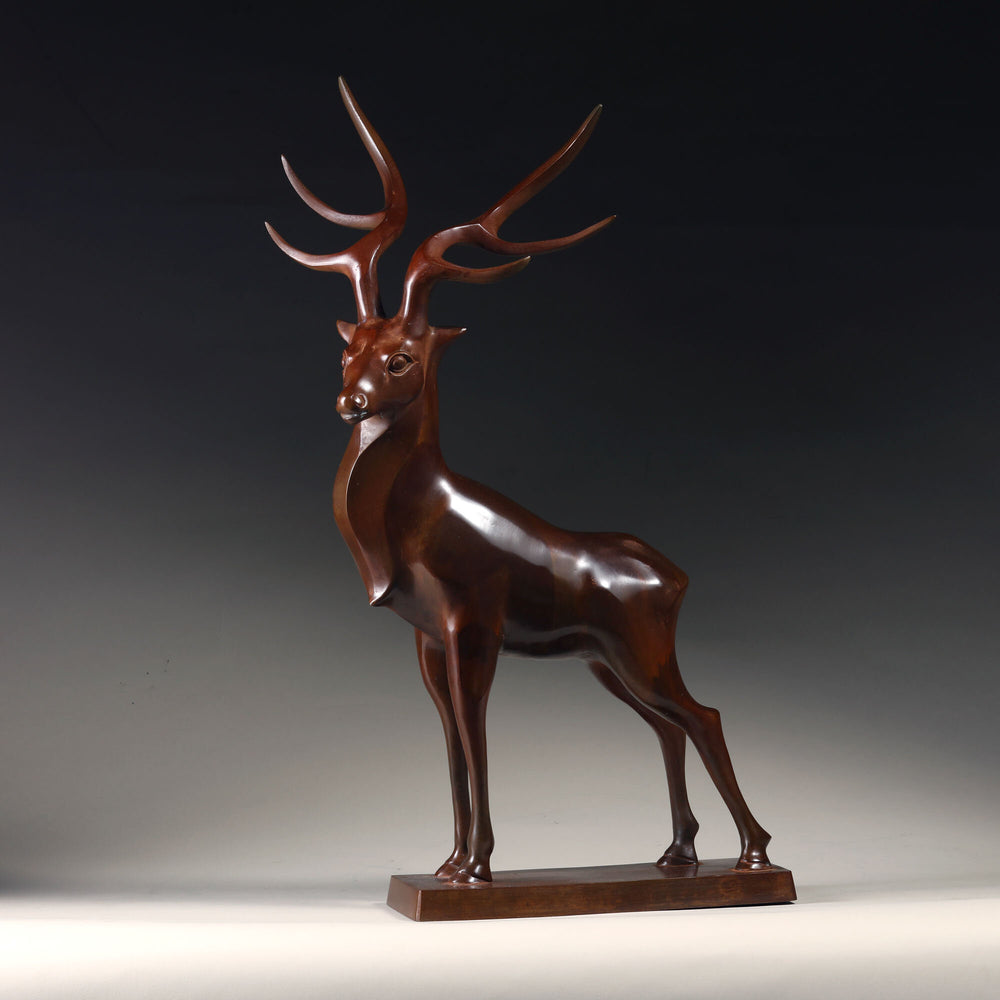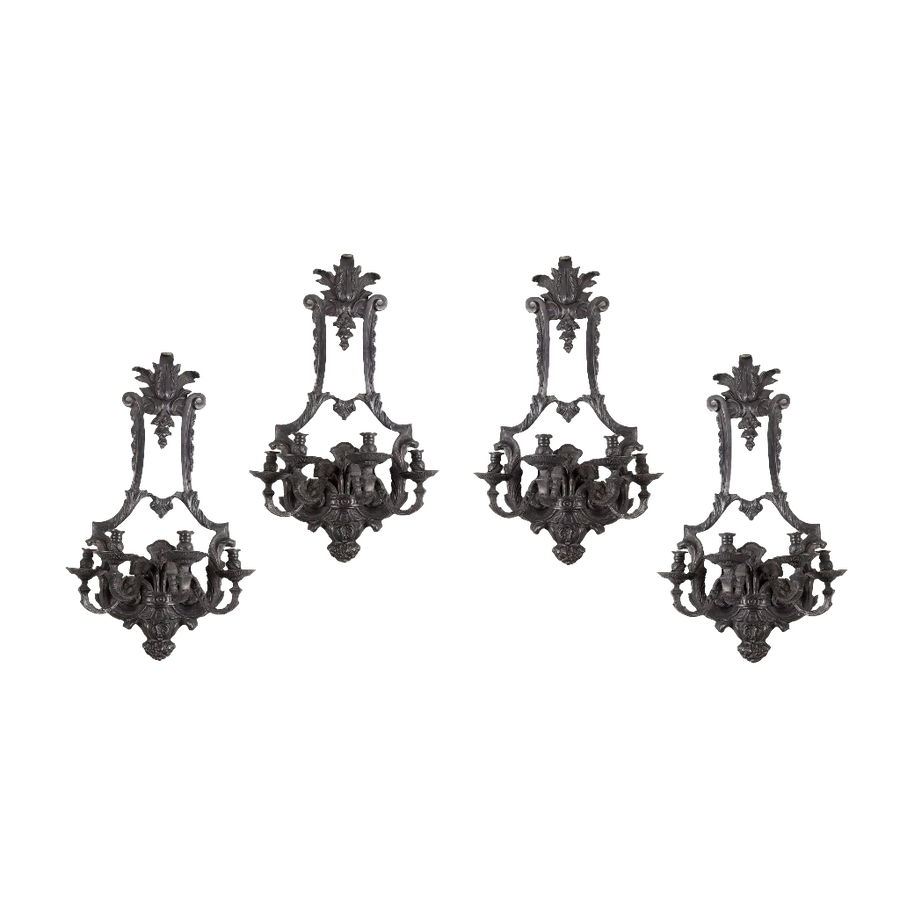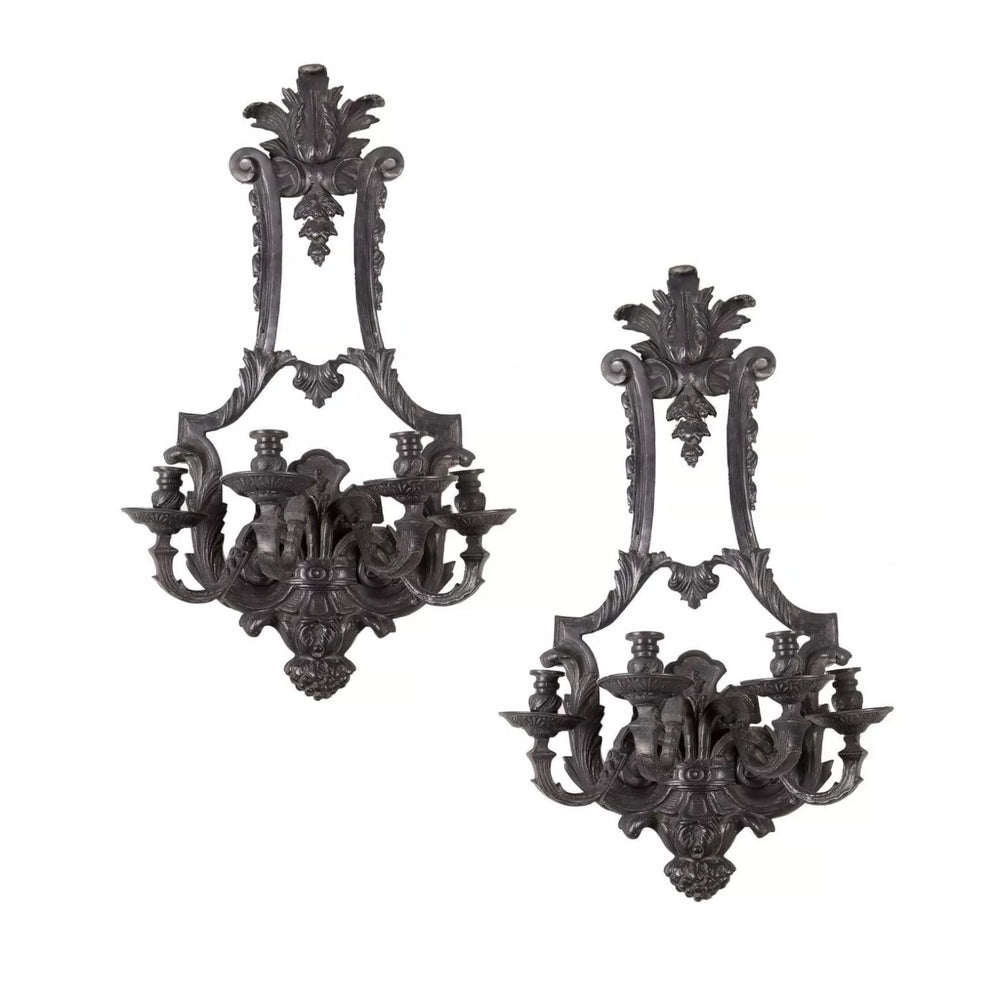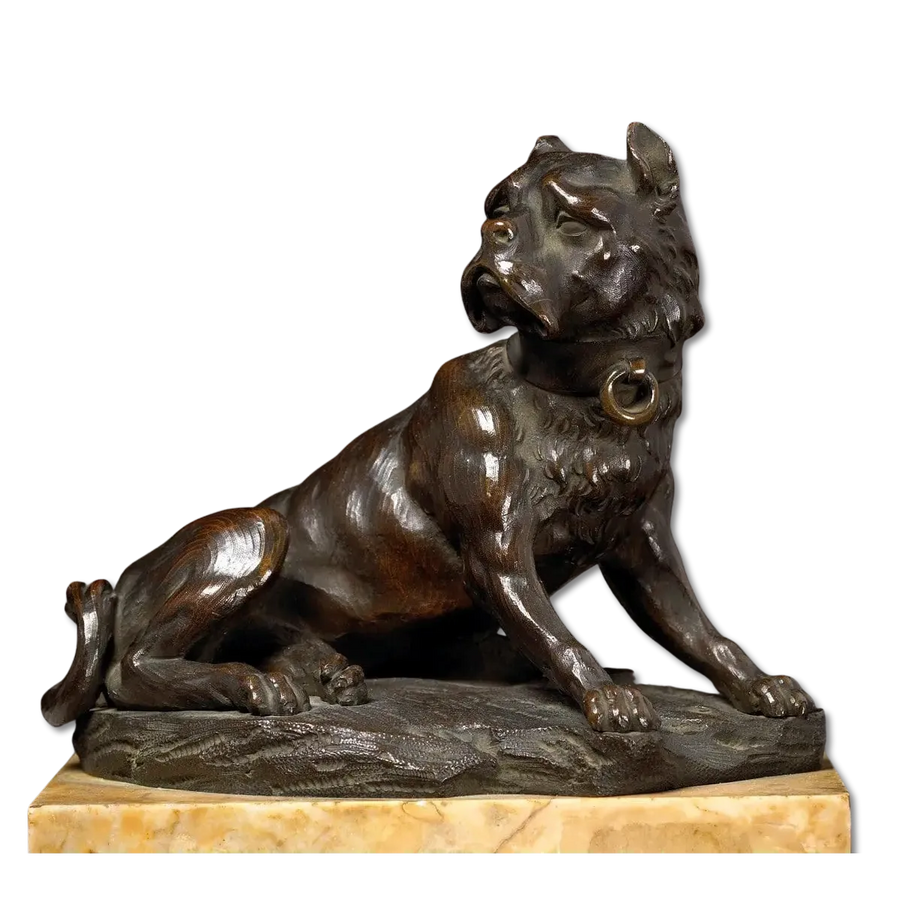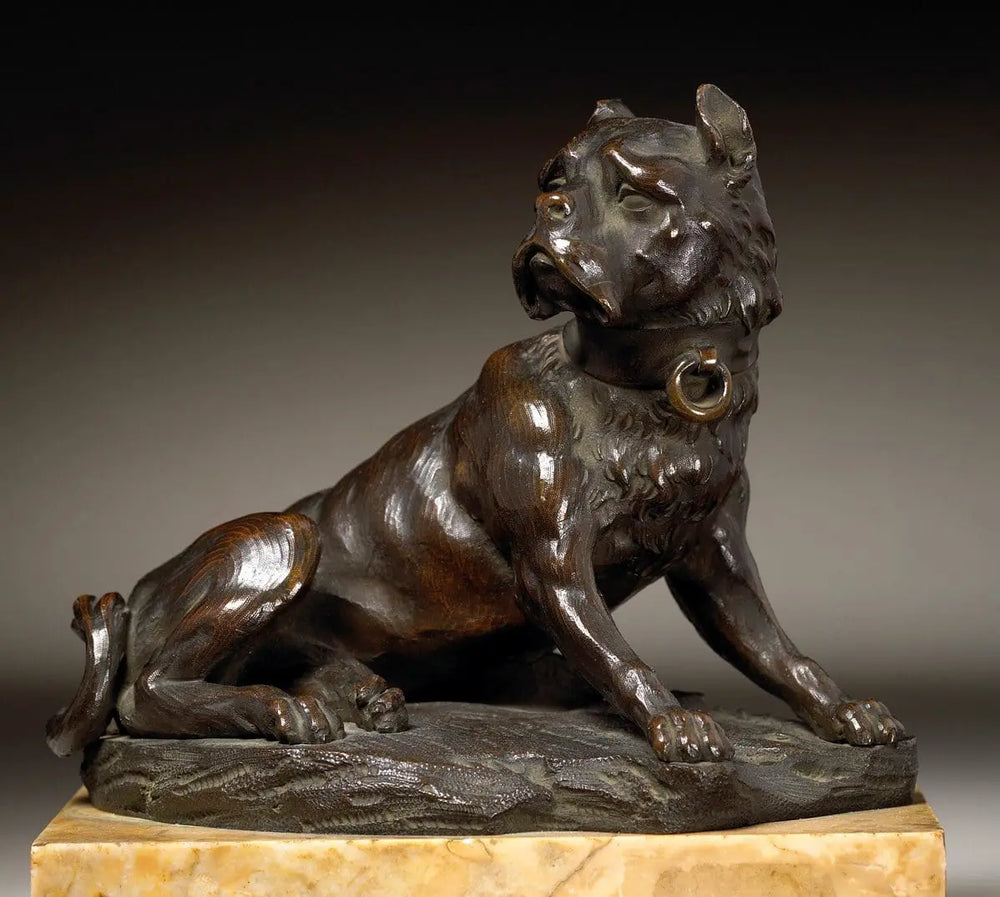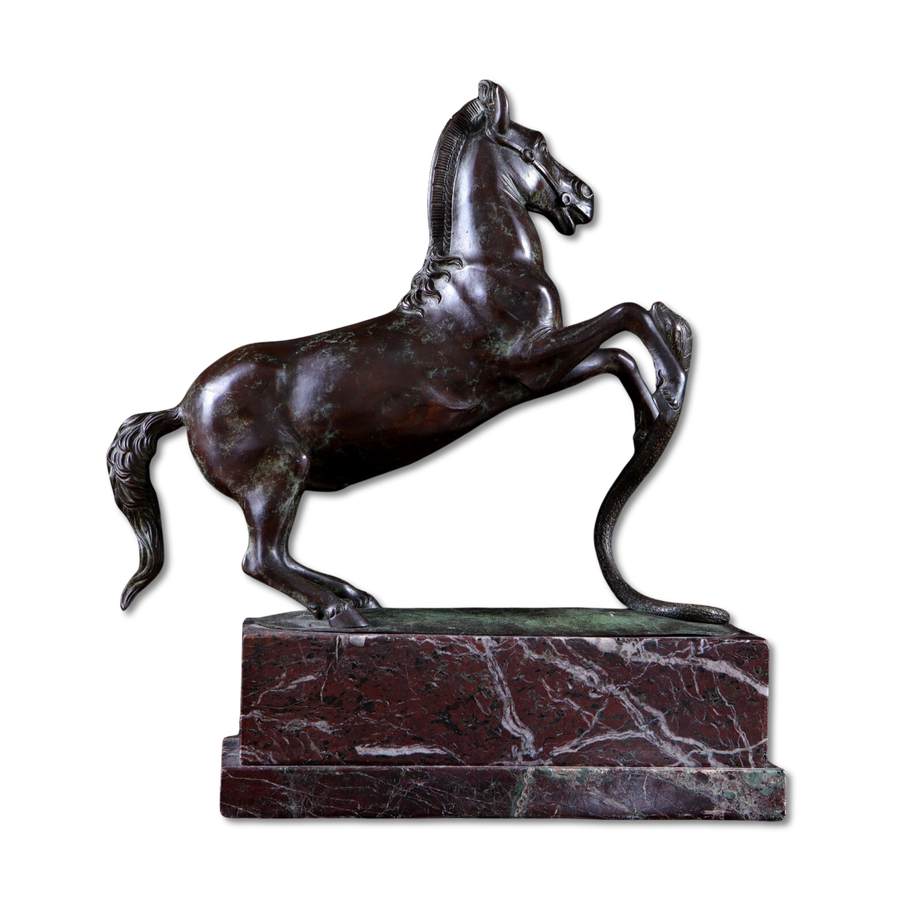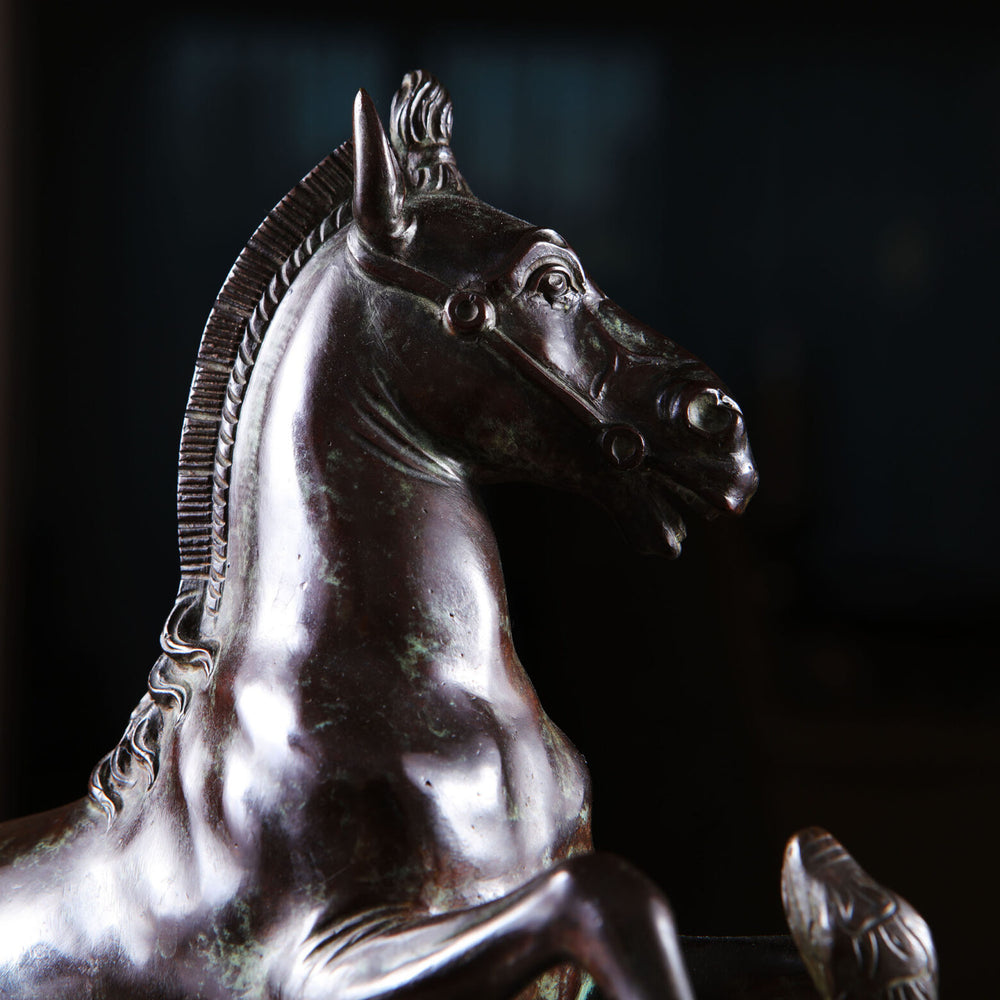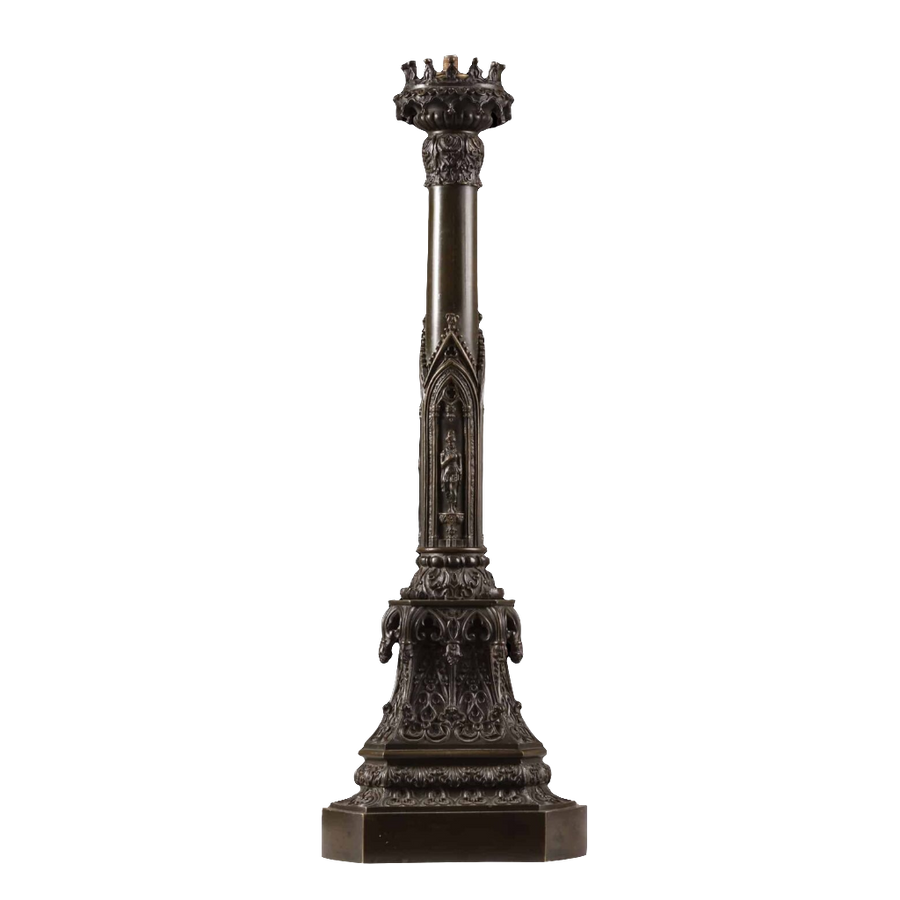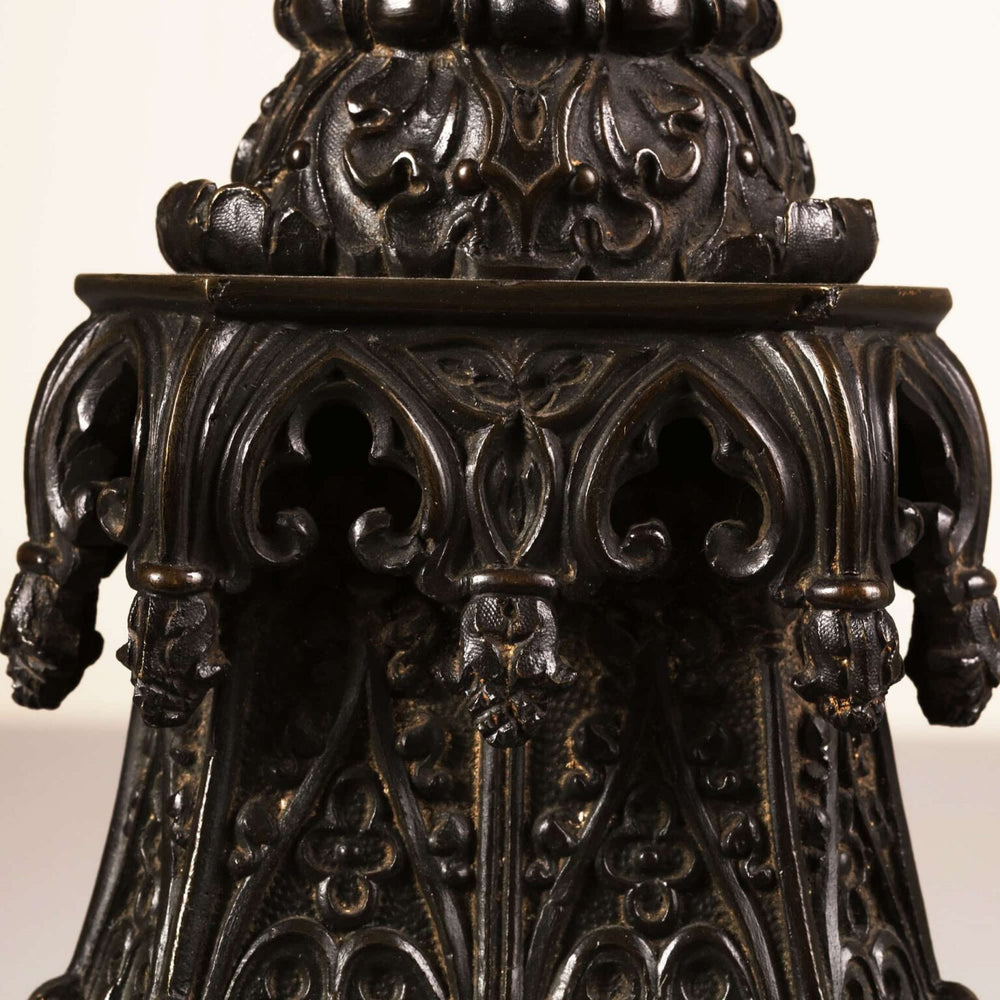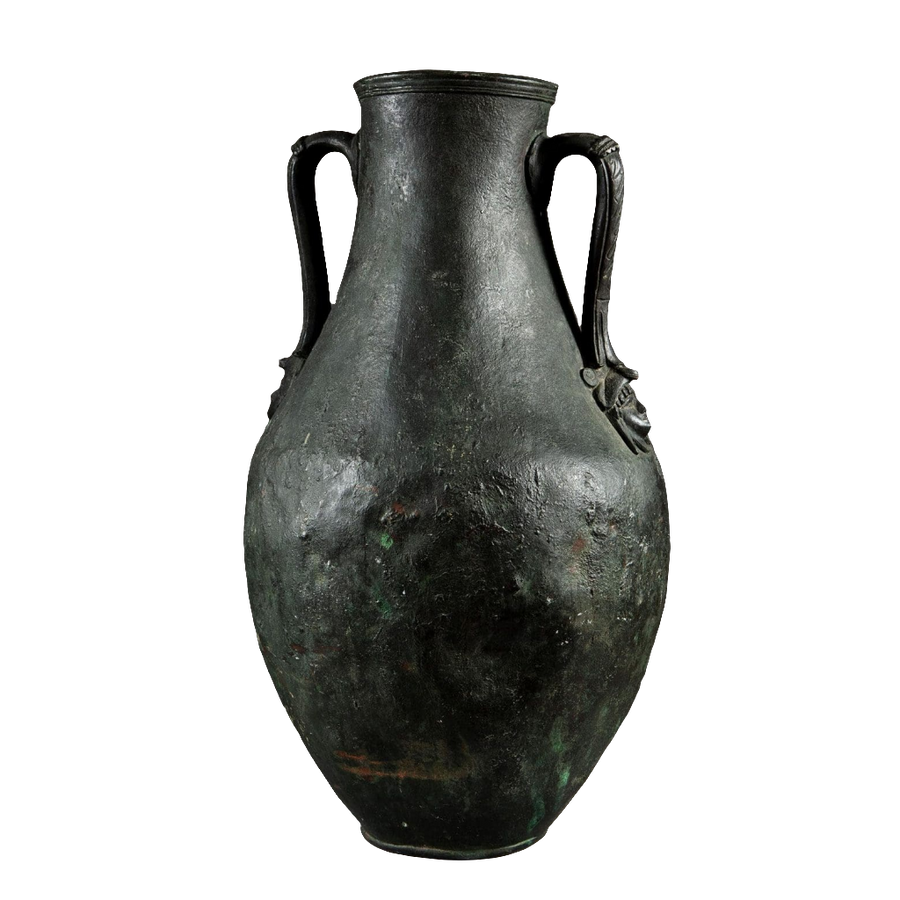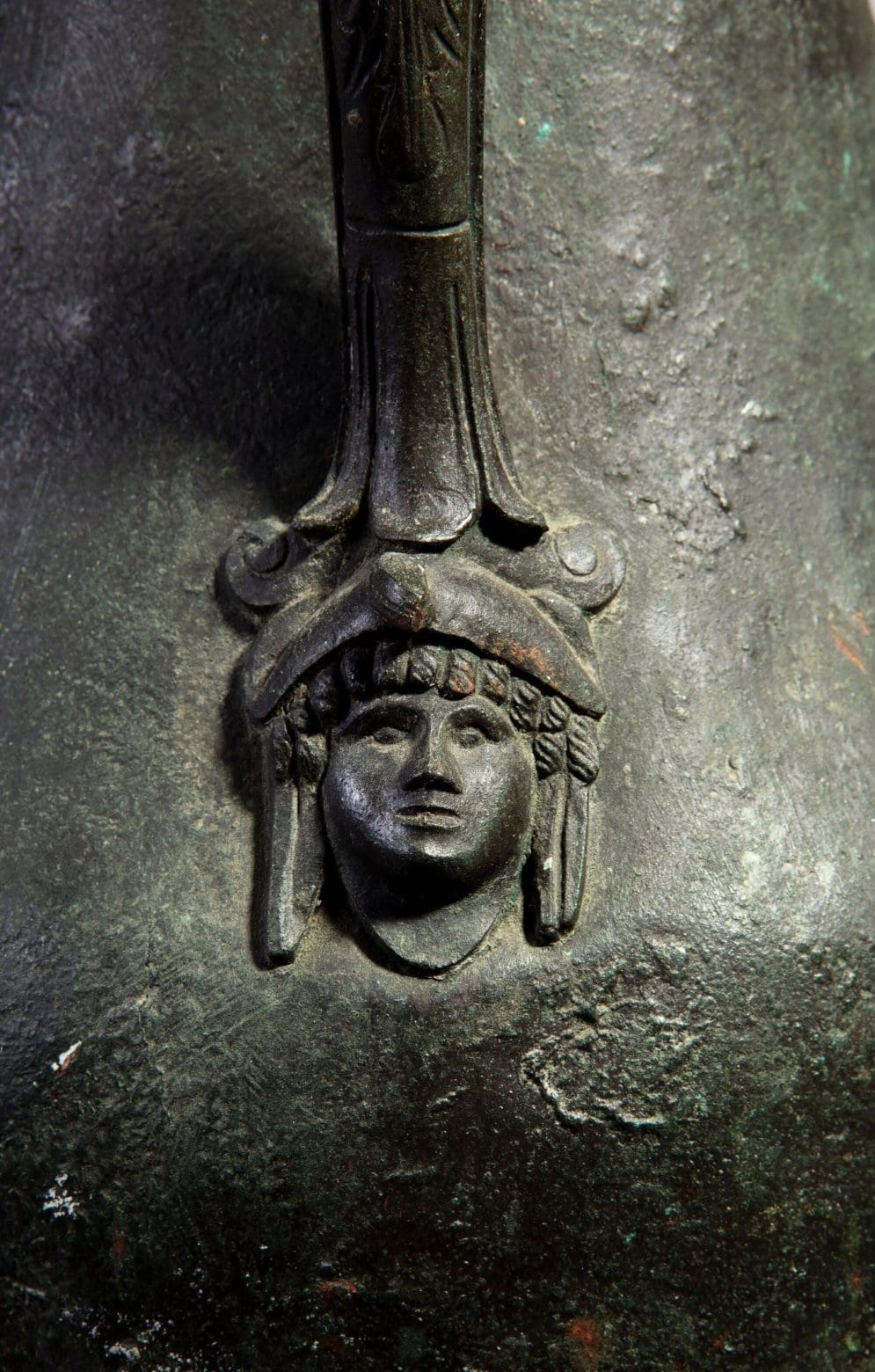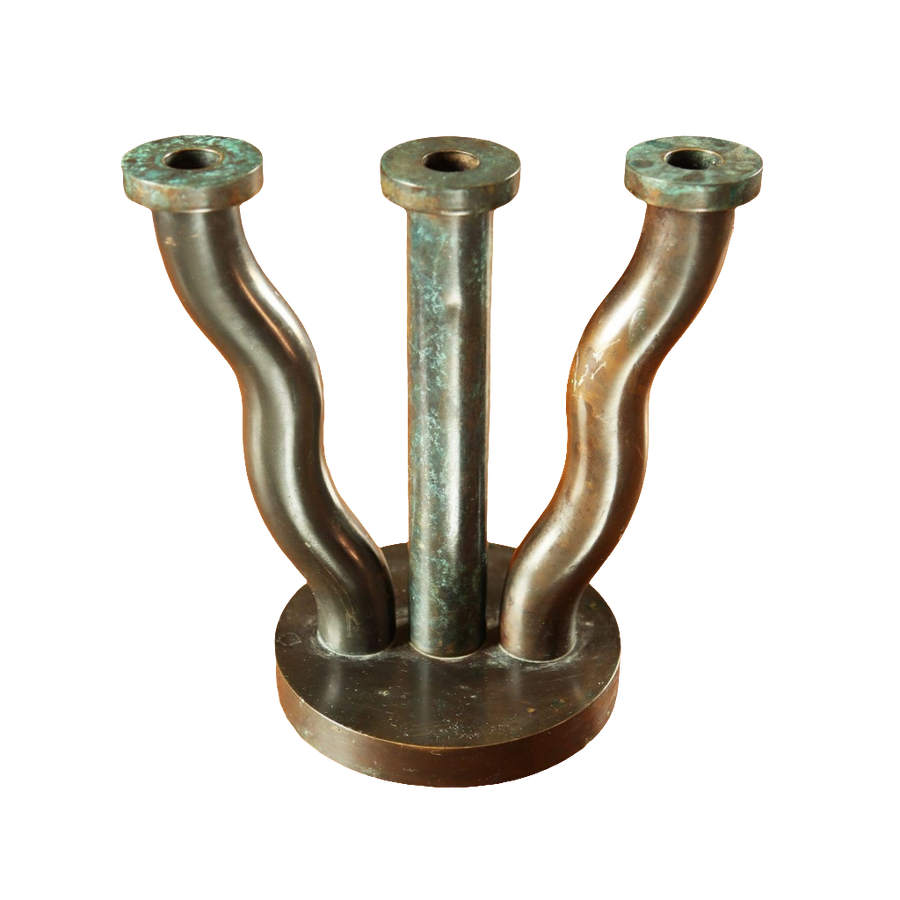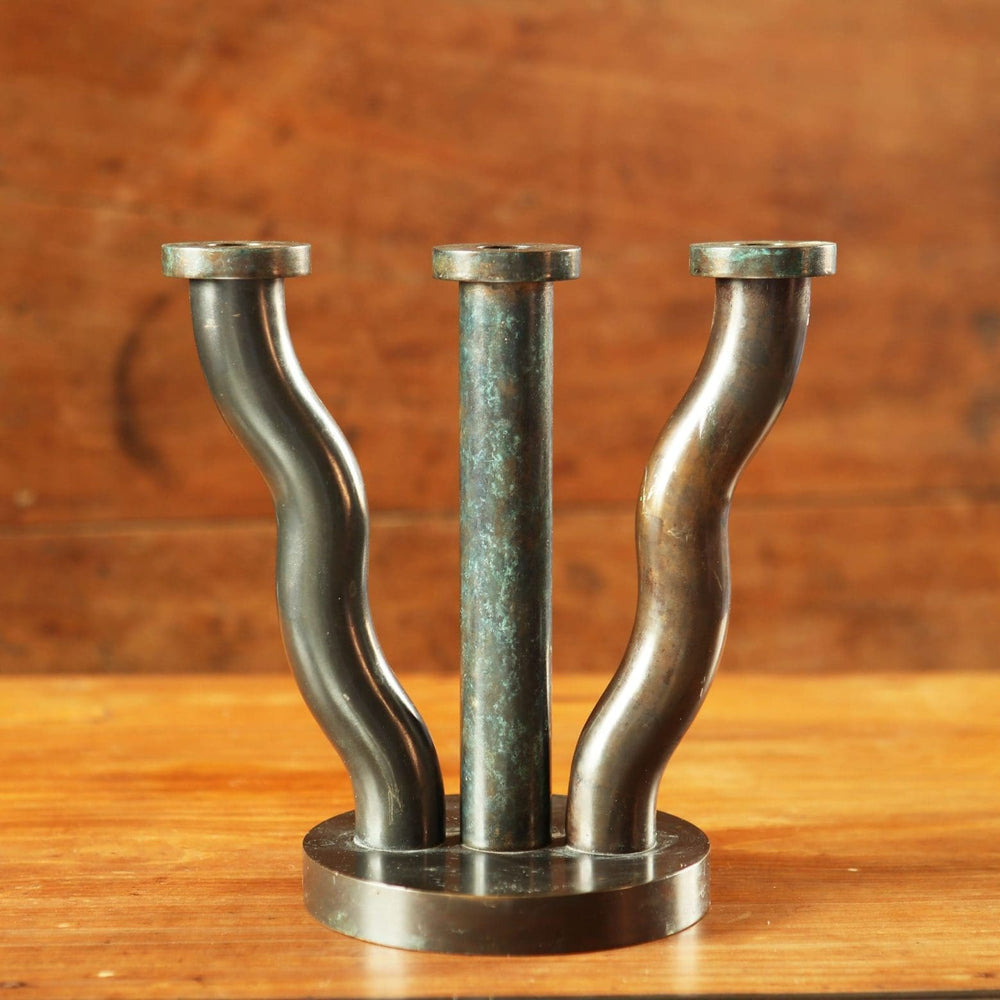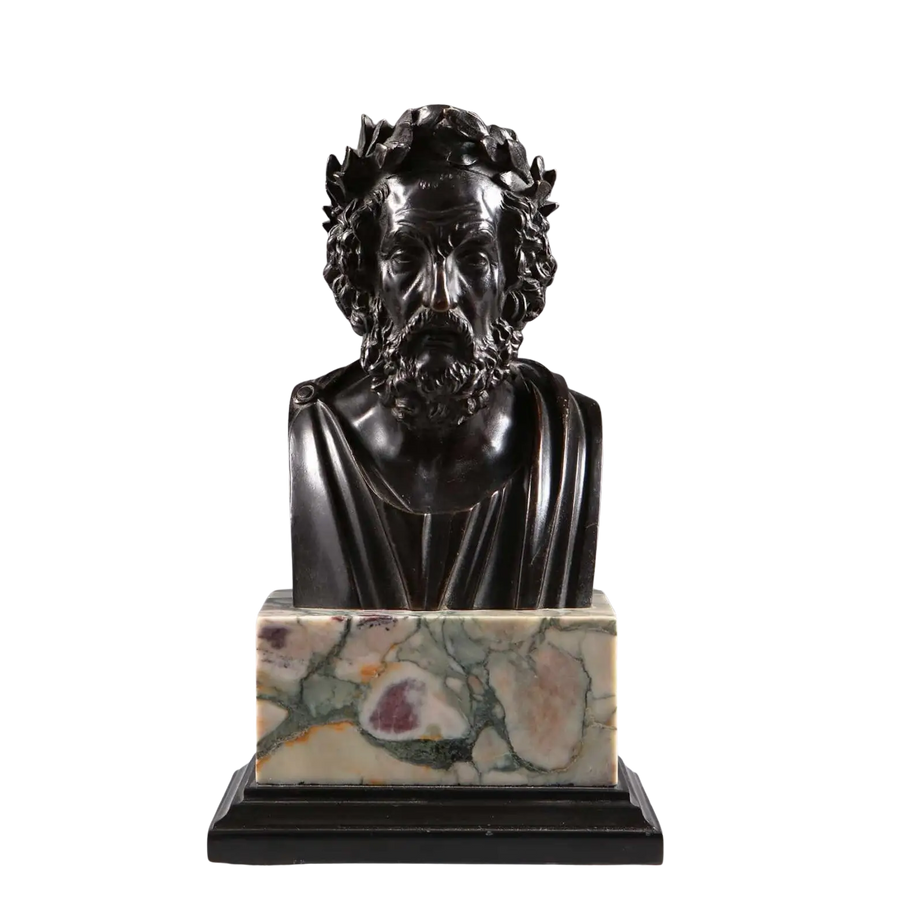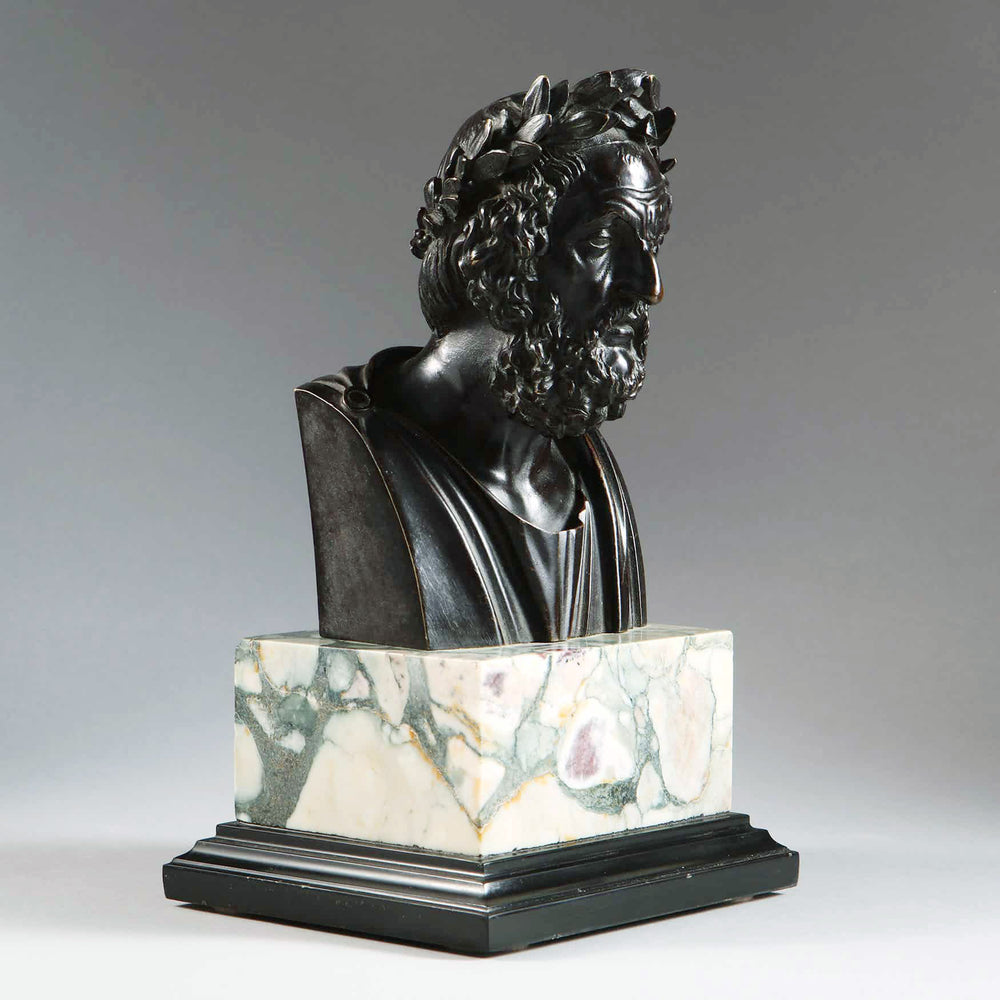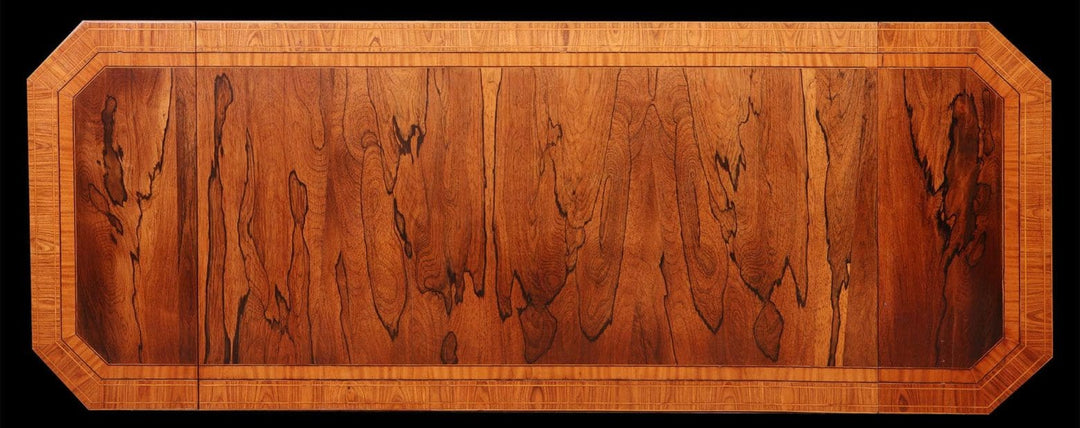
Bronze reduction is a specialised sculptural technique that enables artists and foundries to produce scaled replicas of original sculptures while preserving their proportions and details. This method has been instrumental in making large-scale bronze works accessible to wider audiences, allowing for varied display environments and collecting practices.
Purpose and Historical Context
- Originally developed to create smaller editions of monumental sculptures.
- Popularised during the 19th century with increasing demand for collectable artworks.
- Continues today using both traditional tools and digital technologies.
Achille Collas and Ferdinand Barbedienne
-
In 1838, Achille Collas partnered with Ferdinand Barbedienne, a Parisian foundry owner, to revolutionise bronze reproduction.
-
Collas’s réduction mécanique allowed exact scale reductions of original works, preserving form and surface intricacies.
-
Barbedienne’s foundry produced editions of classical and contemporary sculptures, making works by Michelangelo, Canova, and others widely available in reduced format.
-
Step-by-Step Process
1. Creation of a Master Model
- A reproduction of the original sculpture is crafted in clay, wax or another malleable medium.
- Serves as the reference for all subsequent moulding and scaling stages.
2. Mould Making
- A mould is formed around the master model, typically using plaster.
- This negative form captures the surface detail of the sculpture precisely.
3. Casting the Bronze
- The lost-wax casting method is employed:
- A wax replica is created from the mould.
- The wax model is encased in refractory material.
- Molten bronze replaces the wax once melted away, forming the final metal sculpture.
4. Reduction Techniques
- To resize the sculpture, artisans use:
- A pointing machine: a mechanical tool used to measure and transfer coordinates from the original model to a smaller (or larger) version.
- Modern alternatives include 3D scanning and printing, which offer high precision and ease for digital resizing.
5. Finishing Processes
- Post-casting treatments include:
- Chasing: refining contours and removing imperfections.
- Patination: applying chemicals to create surface colour and texture.
- Polishing: enhancing the lustre and highlighting design elements.
Applications and Significance
- Bronze reduction facilitates the creation of limited editions, maintaining the visual integrity of the original artwork at alternate scales.
- Smaller versions are ideal for private collections, museum displays, and commercial galleries.
- The technique bridges traditional craftsmanship with evolving technology, reinforcing bronze’s role in both classical and contemporary sculptural practice.





